Hi! In lieu of my last post and after chatting with friends I’m realizing a lot of women are 1. wanting to spend less on clothes and 2. a little overwhelmed by the abundance of ‘you should buy this’ content floating around the internet. While I know a fall edit with a million links is fun (and there will be links!), I’ve been mulling over how I can be more helpful. My wardrobe is currently in transition, not only from summer to fall, but from Portugal to New York. So, I started thinking over what my process is when I’m reassessing or revamping my wardrobe. I broke this process down into three parts - each one equally important - that will have their own dedicated post.
The groundwork: What to do before spending. This will save you time, money and frustration down the line.
Covering the basics: Finding your core wardrobe. The basic building blocks of the majority of your outfits. I’ll share mine and help you determine yours. Not everyone’s is the same!
Making it your own: The fun part…making your wardrobe feel personal to you. The key to not feeling ‘boring’.
Let’s get started…
The Groundwork
Below I break down the key steps that will help you be more strategic about your wardrobe, make use of what you already have, declutter and save and money.
Step 1: Start a mood board. This will help you get a sense of the overall aesthetic of how you want to dress and determine the key pieces you will use to achieve that look. Pinterest is your best friend. Like any social platform, the more you use it, the better the algorithm is at showing you things you like. I recommend adding the Pinterest Save Extension to your toolbar so you can save any images you come across and like as opposed to only images that are already on Pinterest. When you look back at the board as a whole you typically start to see an aesthetic or theme. Make a list of reoccurring elements you see. If you need help, reach out to a friend (or me!).
When I shared my mood board (below) with a friend she described it as “understated chic, with a touch of inner hippy, but still very put together”. Exactly. Some key elements I identified were: black wool coat, suiting, trousers, button ups, black belt, neutral colors, tights, black shoes, scarves and shawls, hats, bandanas, denim, chunky silver jewelry.
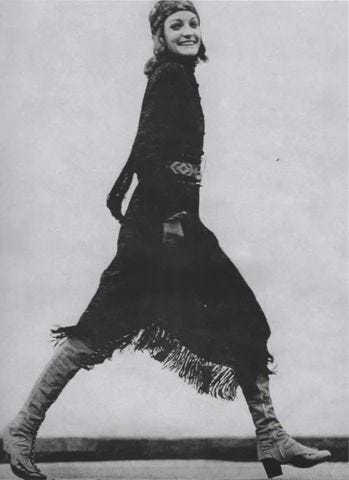
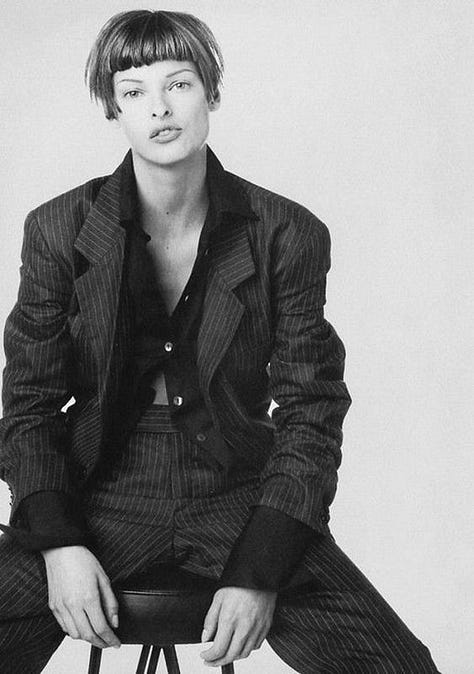
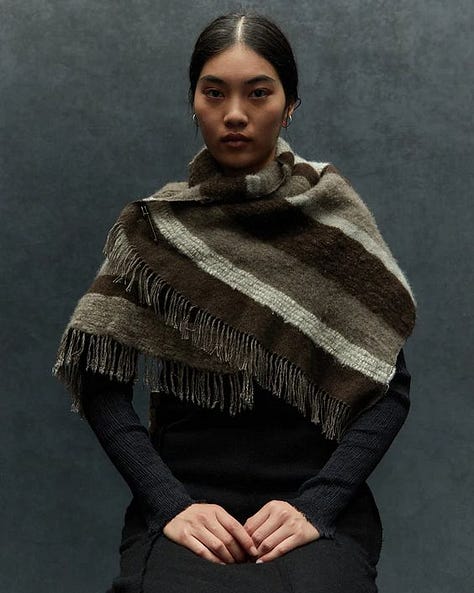

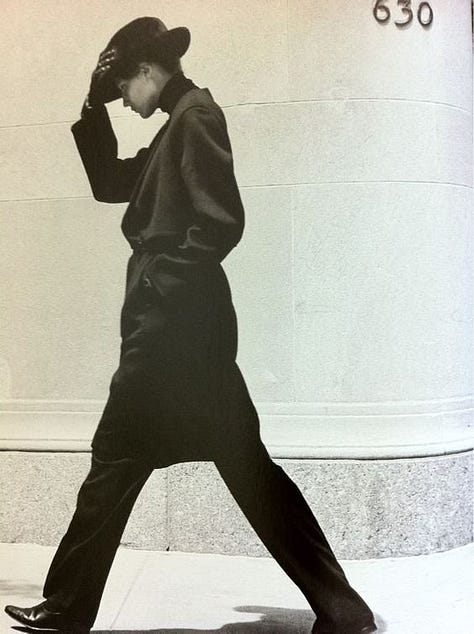
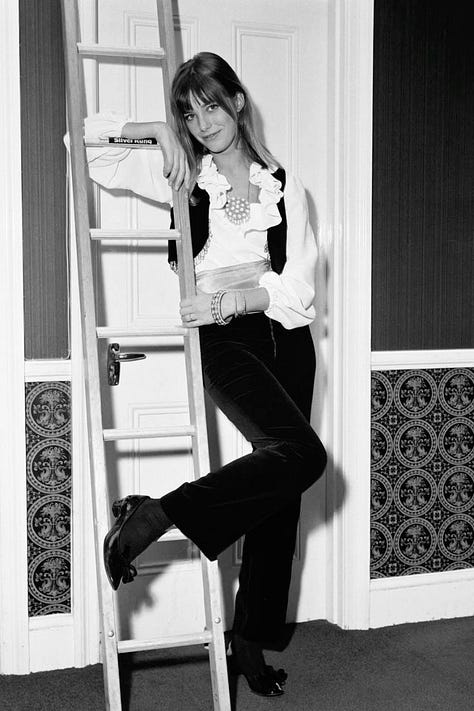
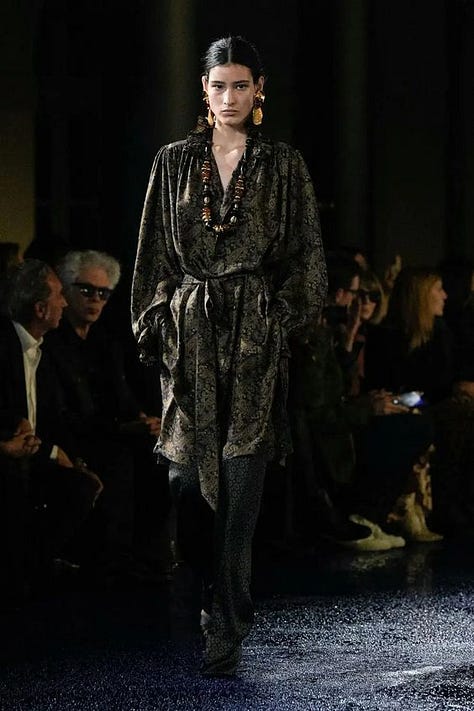
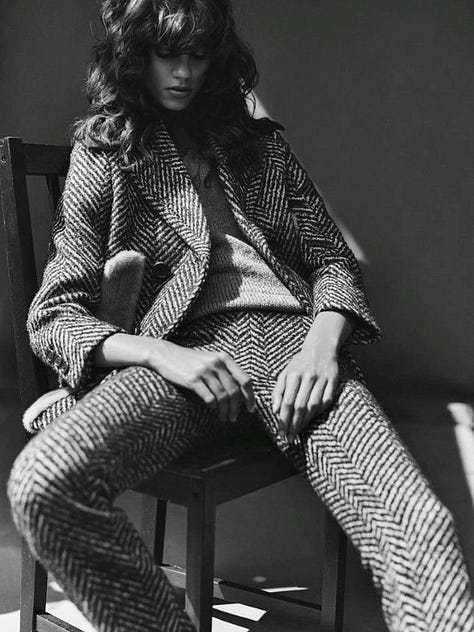
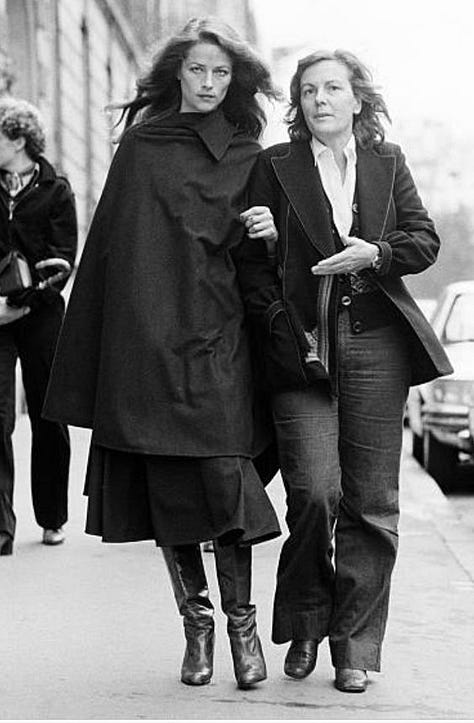
Step 2: Determine what you actually wear and what you don’t. Look at the things you gravitate towards and always reach for. These tend to be the things that are practical for your environment and lifestyle. Make a list.
An easy way to do this is a yes/no list. The ‘no’ list doesn’t mean you can never buy or wear it, but more of a rule of thumb when investing money in your wardrobe. For example, I don’t wear a ton of color in cooler months, but that doesn’t mean there is no place for color in my wardrobe. It means I did buy an inexpensive, vintage, cherry red silk scarf, but won’t be spending $500 on a lime green sweater.
Here’s mine:
Yes - comfortable, warm, oversized, natural fabrics, neutral colors, button ups, silver, silver & gold combo, loose pants, belts, suiting, slightly hippie/bohemian, wearable pajamas, flat shoes, low heel boots, scarves, shawls, bandanas, cashmere, hats, things I can move in, denim, trousers, unique accessories, tops that show off the collar bone, brown & black, navy & black, thin turtlenecks, chunky sweaters, silk that isn’t too delicate.
No - Bright neon colors, fake or uncomfortable fabrics, fuzzy things that shed, dry clean only (unless I can wear many times before having to clean), shoes I can’t walk far in, vintage things with holes, pilling or bad smell, annoying buttons, anything restrictive, hand wash only.
Now add any of the key elements from your mood board that fit into your lifestyle to your ‘yes’ list. If your mood board shows a lot of silk pieces, but you only wear machine washable clothes, skip the silk.
Step 3: Clean out your closet. This will help you declutter and make use of what you already have. I create four piles: keep, repair, sell and donate.
Gifting clothes to friends or donating to charity is so fun. What’s old for me is new for someone else…win win!
Step 4: Repair. Bring the items back to life that are collecting dust because they’re not in great shape. Drop things at the tailor, dry cleaner and cobbler. It costs money, but it’s worth it. Lint rolling and steaming also make a huge difference.
For me that meant adding a button to a vintage Prada button up, dry cleaning my winter coat, repairing a hole in a cashmere robe, adding an extra hole into a belt I love that is too big, and resoling a pair of vintage boots I bought in Florence. I’m also trying to be better about steaming!
Step 5: Determine your budget. If you’re on a budget, it’s a good idea to determine how much you’re willing to invest before you start browsing. If you’re trying to spend $200 all in, you won’t want to waste your time scrolling net-a-porter and risk overspending.
A friend of mine told me yesterday that she sold some old clothes to Beacon’s closet and with the money she made bought a beautiful shearling coat, Valentino sweater, plus a few other items, and now she’s all set for winter. You can find amazing things in every price range.
That’s all for now! Keep an eye out for part two, covering the basics, early next week.
I hope this was helpful. If you enjoyed this please like and/or comment as that’s the only way this reaches more people. :)
x
Kelly

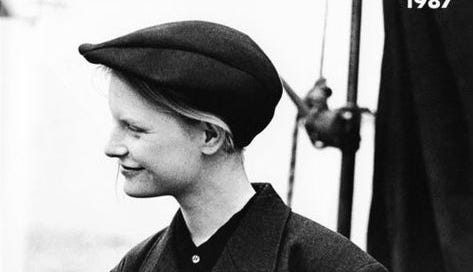



Favorite time of the year!!
Perfect moment for this post!